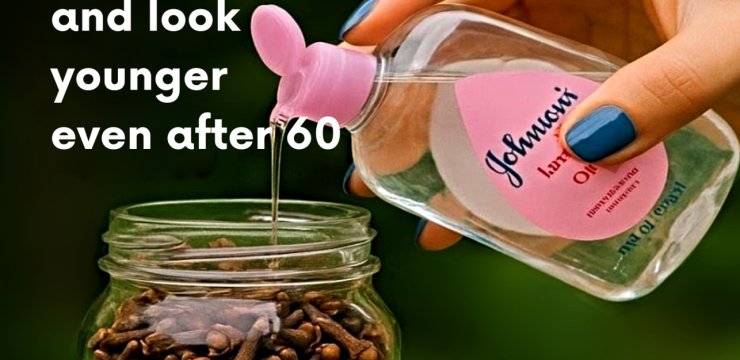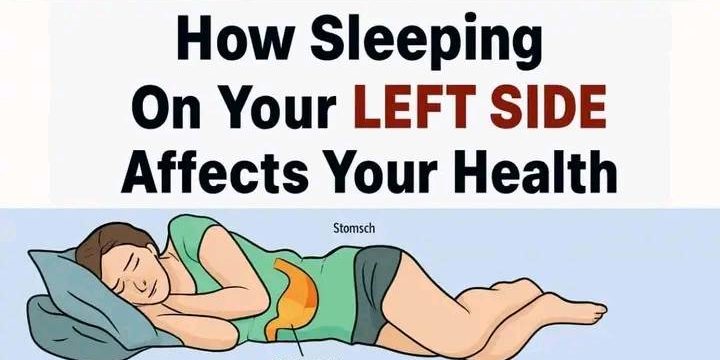Most people see the “Best By” or “Best Before” date on canned goods and think it’s time to throw them away once that date has passed. But here’s a little secret: that date doesn’t actually mean the food has expired! Instead, it’s an indication of when the food is at its peak quality, not when it becomes unsafe to eat. Let’s break down how to understand these labels and make the most of your canned foods, from corn and green beans to tuna.

What Do ‘Best By’ Dates Really Mean?
When you see a “Best By” or “Best Before” date on a can of corn, green beans, or tuna, it’s telling you that the manufacturer believes the product will be at its highest quality until that date. After that, the food inside may begin to lose some flavor or texture, but it’s usually still safe to eat if stored correctly.
These dates are not the same as expiration dates. Canned foods are sealed tightly, which helps prevent spoilage. In fact, with proper storage, many canned products can be safely consumed long after the printed date. Let’s look at how long you can actually keep these items.
Canned Corn and Green Beans: Longer Shelf Life Than You Think
Canned corn and green beans are staples in many kitchens, and they can last well beyond their “Best By” dates. If stored in a cool, dry place, you can expect them to stay safe for about 1-2 years after the printed date. That said, the longer you store them, the more you might notice some slight changes in quality—things like a softer texture or a milder flavor. But if the can is intact, the contents are still safe to eat!
Canned Tuna: A Long-Lasting Pantry Hero
Canned tuna is known for its versatility, from salads to casseroles. If you’ve got a stash of tuna cans, you’re in luck—this item can remain safe for 3-5 years beyond the “Best By” date. Like other canned goods, it may lose a bit of quality after a few years, but it’ll still be perfectly safe if stored in a cool, dry environment. Expect minor changes in texture or flavor over time, but don’t be too quick to toss it out!
Safety First: What to Look for Before Consuming
While canned goods can last a long time, it’s crucial to always check for signs of spoilage before consuming them. If a can is bulging, rusting, leaking, or has an odd smell when opened, it’s time to throw it away. These signs indicate that the food inside may no longer be safe to eat.
Proper Storage Tips for Canned Foods
To make the most of your canned goods, it’s important to store them properly. Here are a few tips to extend their shelf life and maintain safety:
- Store in a cool, dry, and dark place: Keeping your cans away from heat and moisture will help preserve their quality longer.
- Keep cans upright: This prevents the contents from settling and helps avoid damage to the seal.
- Use a rotation system: Place newer cans behind older ones, so you use the older ones first.
- Store leftovers properly: Once you’ve opened a can, transfer any unused portions to a sealed container and refrigerate them.
By following these guidelines, you can safely enjoy your canned foods long after the “Best By” date, reducing waste and saving money!





